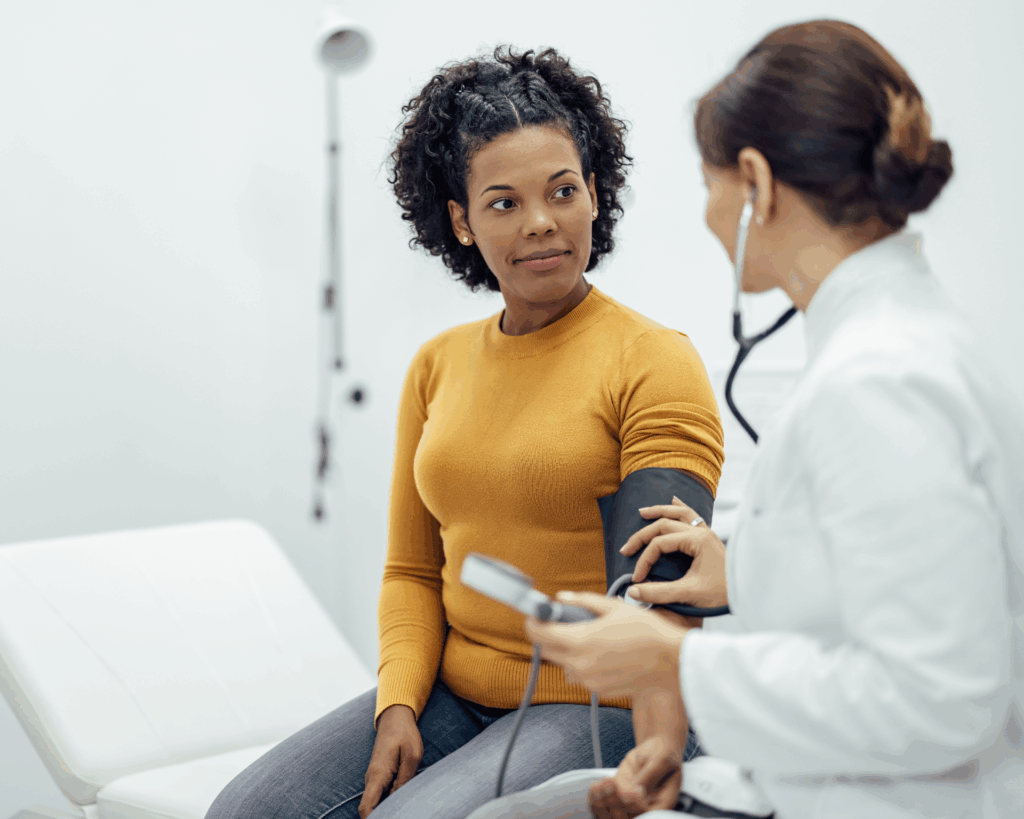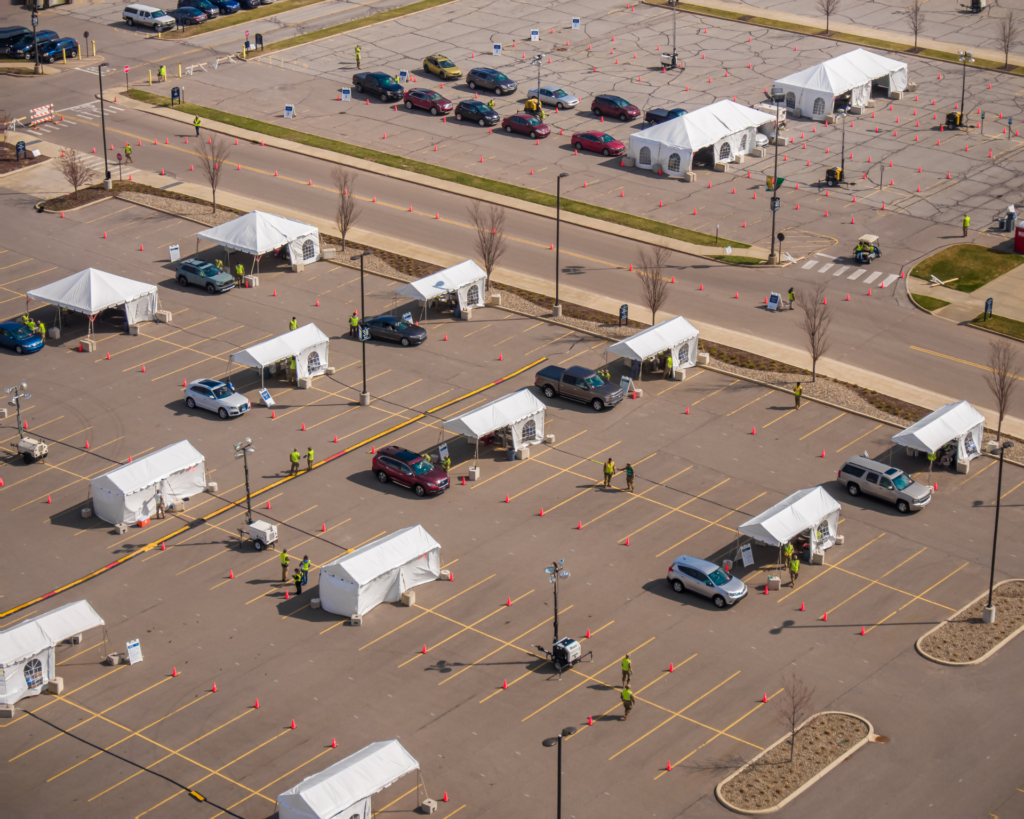The 'Public' in Public Health
Across the United States, a higher percentage of farmworkers in a county was associated with a higher number of deaths from Covid-19.

Read Time: 3 minutes
Published:
Since March 2020, public health experts have emphasized social distancing as a key strategy to mitigate spread of the virus. One of the best ways to protect yourself is to limit outings to only essential trips – for example, grocery shopping or picking up curbside takeout. But working from home is a luxury for many and an impossibility for those who grow the crops that populate our grocery store aisles and to-go containers.
The majority of agricultural and farmworkers in the United States are migrants from Mexico and Latin America, and between 50% and 75% do not have legal documentation. Based on work we did with a local community-based organization in San Diego County, we hypothesized that farmworkers, immigrants, and people living in poverty were at higher risk of Covid-19 illness and death. To test this hypothesis, we used data collected and made publicly available by the New York Times. We looked at the absolute number of people who died of Covid-19 in the 3,024 US counties that reported at least one death as of July 12, 2020. We then measured the connection between the number of people who had died in a county and the percentage of people in that community who were (1) farmworkers, (2) uninsured, (3) living in poverty, and (4) didn’t speak English very well.
We found that, across the United States, a higher percentage of farmworkers in a county was associated with a higher number of deaths from Covid-19. We also saw higher numbers of deaths in counties in which a higher proportion of the community was impoverished.
Public health challenges us to neither look nor walk away, but to instead recognize the deep web of interdependence in which we are all bound and to work for a better, healthier world, together.
Counties aren’t people, of course. But our findings are consistent with numerous journalistic pieces describing just how vulnerable farmworkers are. The risk doesn’t come solely from poverty, language barriers, or lack of insurance. Our data show that farmworkers appear to be at risk over and above each of these vulnerabilities. Likely much of the risk is intertwined with a lack of legal documentation. People who are undocumented are significantly less likely to have workplace protections such as personal protective equipment, paid sick leave, or the ability to demand these from an employer. They may also be less willing to seek healthcare or testing when ill, or to participate in case investigation or contact tracing.
We noticed one additional pattern in our study that initially seemed very strange: In many parts of the country – New England, the great plains, and the Midwest – counties where a lower proportion of the community was insured actually reported fewer deaths. Intuitively, we expected the opposite: that lower rates of insurance would be associated with more death, not less. Our counterintuitive finding is almost certainly not because being uninsured confers some sort of protection against Covid-19 mortality. More likely, these deaths are simply going uncounted.
Our society depends on high-risk and frequently invisible labor to feed ourselves and the people we love. As public health practitioners, it is our responsibility to see and to advocate for those who are too often pushed to the margins. Public health challenges us to neither look nor walk away, but to instead recognize the deep web of interdependence in which we are all bound and to work for a better, healthier world, together.
Photo via Getty Images



